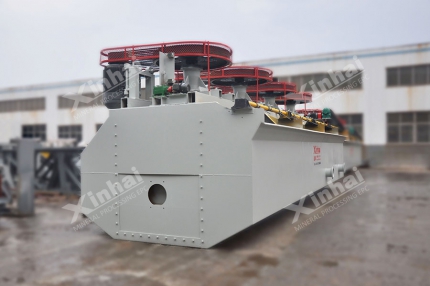Barite ore is often associated with salt minerals, such as fluorite, calcite, quartz, etc., and metal sulfide minerals, such as chalcopyrite, galena, etc. These associated minerals also directly lead to the low grade of barite ore. Due to the fine particle size and complex components of this kind of barite ore, it is difficult to separated by gravity. Flotation technology is a commonly used beneficiation method for barite, and it can well adapt to various types of barite with complex intercalation. When flotation barite, the use of reagents will directly affect the separation effect, so the selection of reagents plays an important role in the flotation of barite ore. The following will introduce the flotation method and flotation agent of barite ore with complex components.
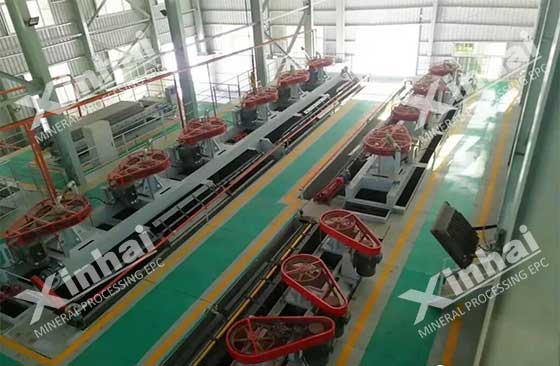
Use the table of contents below to navigate through the guide:
01Barite ore flotation process
Due to the different types of associated minerals, barite ore flotation can be divided into barite-quartz-calcite type and barite-fluorite type.
1. Barite-quartz-calcite type: the separation method is mainly divided into direct flotation and flotation-heavy combined process. Direct flotation is to first suppress quartz and calcite, etc., then add anion collectors to the slurry, and obtain barite concentrate through roughing and multiple flotation. The flotation-gravity separation process is to add sodium silicate and collector to the pulp first, and flotation can remove quartz. There is a density difference between gangue minerals such as calcite and barite, and barite concentrate can be obtained after gravity separation.
2. Barite-fluorite ore type: When separating and flotation this type of barite ore, the gangue minerals of quartz are generally suppressed first, mixed flotation to obtain mixed concentrate barite-fluorite, and then barite and fluorite are separated. According to the order of flotation of barite and fluorite, it can be divided into: flotation of fluorite by inhibiting barite and flotation of barite by inhibiting fluorite.
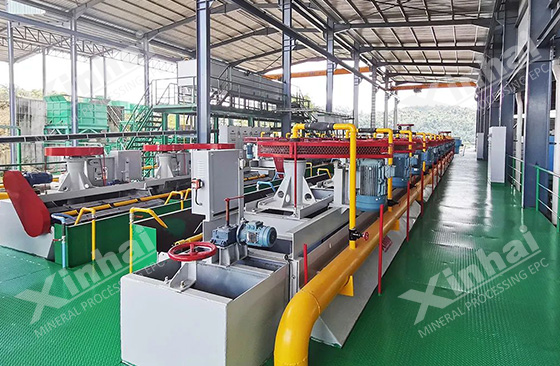
(1) Flotation of fluorspar by inhibiting barite: the mixed concentrate of barite and fluorite obtained by flotation, barite is suppressed first, and fluorspar is floated out. This kind of process can recover high-grade barite concentrate and fluorite concentrate at the same time, and is widely used in mineral processing plants.
(2) Flotation of barite by inhibiting fluorite: the mixed concentrate of barite-fluorite flotation first inhibits fluorite ore, and then barite concentrate can be flotation, and then fatty acid collector and sodium silicate need to be added to the tailings, and fluorite concentrate can be obtained by multiple selections. This process is simple and easy to operate, and qualified barite concentrate can be obtained.
02Barite ore flotation agent--collector
According to the adsorption form of reagents on the mineral surface, barite ore flotation collectors can be divided into chemical adsorption anion collectors, physical adsorption cationic collectors and amphoteric collectors.
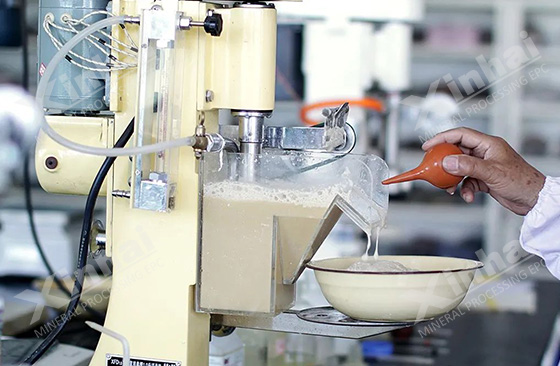
1. Anion collector
Anionic collectors are widely used, and mainly introduce two collectors, fatty acids and alkyl sulfates.
(1) Fatty acid collectors: collectors widely used in barite flotation, such collectors include: oleic acid, sodium oleate, naphthenic acid, oxidized paraffin wax soap, etc. Among them, oleic acid and sodium oleate are more commonly used, which have strong collection ability and low dosage.
(2) Alkyl sulfate: This type of collector mainly includes sodium lauryl sulfate and sodium cetyl sulfate, which have good selective collection ability and foaming, non-toxic and easily soluble in water.
2. Cationic collector
Under certain pH conditions, cationic collectors (mainly amine collectors) can effectively separate barite from gangue minerals such as fluorite, quartz, and calcite.
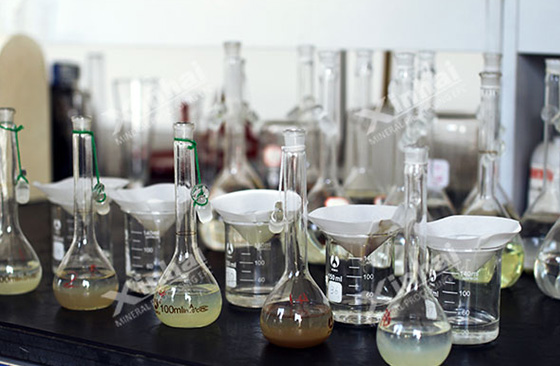
3. Amphoteric collector
Aminoalkylphosphonic acid is an amphoteric barite ore collector, its collection ability is better than oleic acid, and it has better selectivity. The molecular structure of this type of collector determines that it can be used in a wide pH range.
In actual production, the concentrator will use a combination of reagents to improve the collection capacity and selectivity of the reagents for minerals based on the synergistic effect of the drugs, and will obtain a better flotation effect than a single collector.
03Barite ore flotation agent--inhibitor
Because the buoyancy of barite ore and associated gangue minerals is similar, it is difficult to separate these minerals by flotation, so increasing the difference in their buoyancy is the key to flotation separation of barite. According to the sequence of flotation barite, inhibitors can be divided into barite inhibitors and fluorite inhibitors.
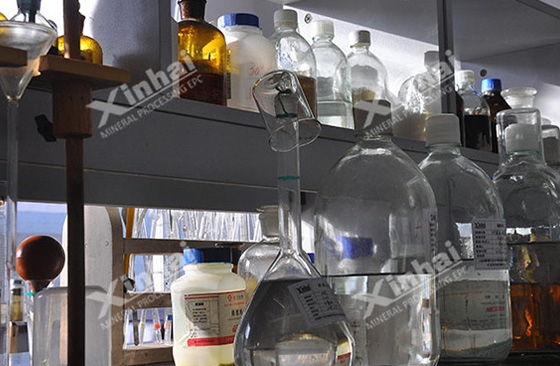
1. Barite inhibitors: mainly include polymeric carbohydrates such as starch and dextrin, inorganic salts such as sodium silicate, sodium carbonate, and sulfate, and combined inhibitors formed by mixing them.
2. Fluorite inhibitors: Commonly used fluorite inhibitors include sodium silicate, NaSiF6, citric acid, lignin, etc.
The above is the barite ore flotation method and reagents with relatively complex components. There are various flotation methods and flotation reagents for barite ore, and the selection of specific flotation schemes and reagents should be based on the characteristics of the ore itself and production requirements. In order to improve the beneficiation efficiency and economic benefits, Xinhai Mining suggested to carry out barite beneficiation test analysis. Xinhai Mining can provide you with customized barite beneficiation solutions and equipment, please leave a message for consultation.


 marketing@ytxinhai.com
marketing@ytxinhai.com  0086 13810327080
0086 13810327080 

































































































 CHAT
CHAT MESSAGE
MESSAGE




